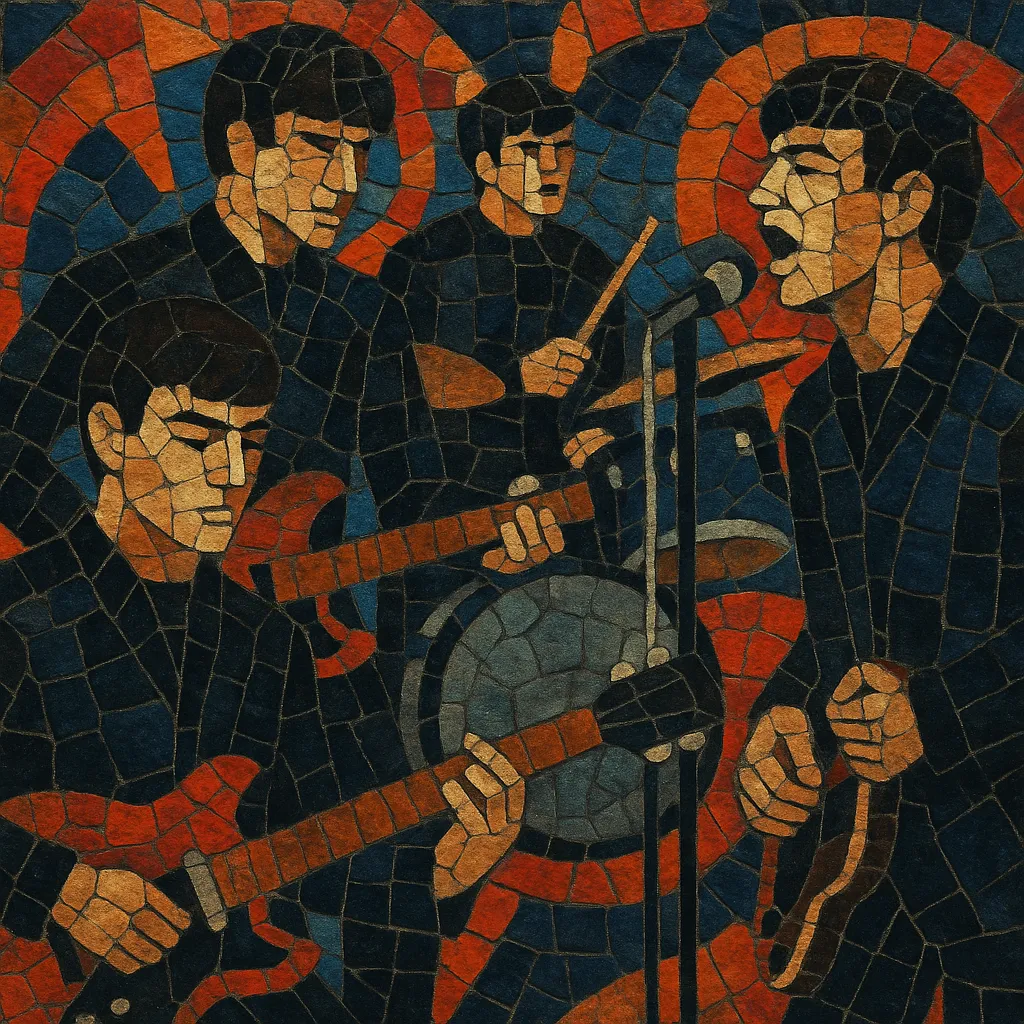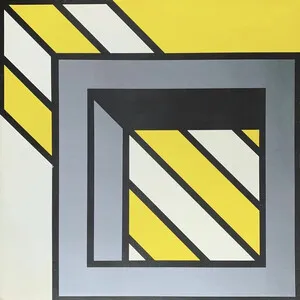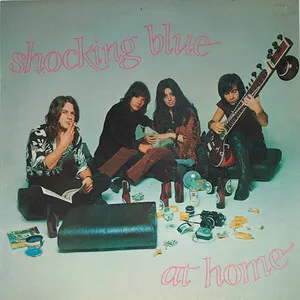Beat (also called beat music or the Mersey sound) is a British pop/rock style that emerged in the early 1960s, blending American rock and roll, rhythm & blues, and skiffle into tight, upbeat songs with a strong backbeat.
Typical beat records feature jangling electric rhythm guitars, prominent two- and three-part vocal harmonies, concise melodic hooks, and danceable 4/4 grooves. Lyrics are usually direct and youthful, often about love, friendship, dancing, and everyday life.
The style became central to the British Invasion, with bands from Liverpool and across the UK topping charts worldwide and reshaping global pop and rock.
Beat music grew out of the UK’s skiffle craze and a deep fascination with American rock and roll and rhythm & blues. Young British groups began electrifying skiffle’s strummed acoustic patterns, adopting rockabilly/doo‑wop harmony, and centering everything around a steady backbeat. Liverpool, with its active port connections to US records, became a hotspot, but London and Manchester scenes also flourished.
By 1963–64, beat groups had refined a distinct sound: bright, chime-like rhythm guitars; tight vocal harmonies; and compact song forms made for radio and dance halls. The Beatles’ early singles and albums, alongside hits by Gerry and the Pacemakers, The Searchers, The Dave Clark Five, and others, sparked the British Invasion. UK beat bands rapidly dominated US and global charts, influencing emerging garage bands and transforming mainstream pop.
As the decade progressed, some beat bands expanded harmonically and texturally, branching into folk rock, baroque pop, and psychedelic pop. Although the initial beat wave waned by the late 1960s, its songwriting economy, jangling guitars, and vocal blend became foundational for power pop, jangle pop, sunshine pop, and later Britpop and mod revival. The beat template—short, hooky songs driven by a crisp backbeat—remains a durable blueprint for melodic guitar-pop.




%2C%20Cover%20art.webp)



